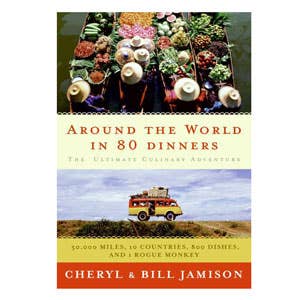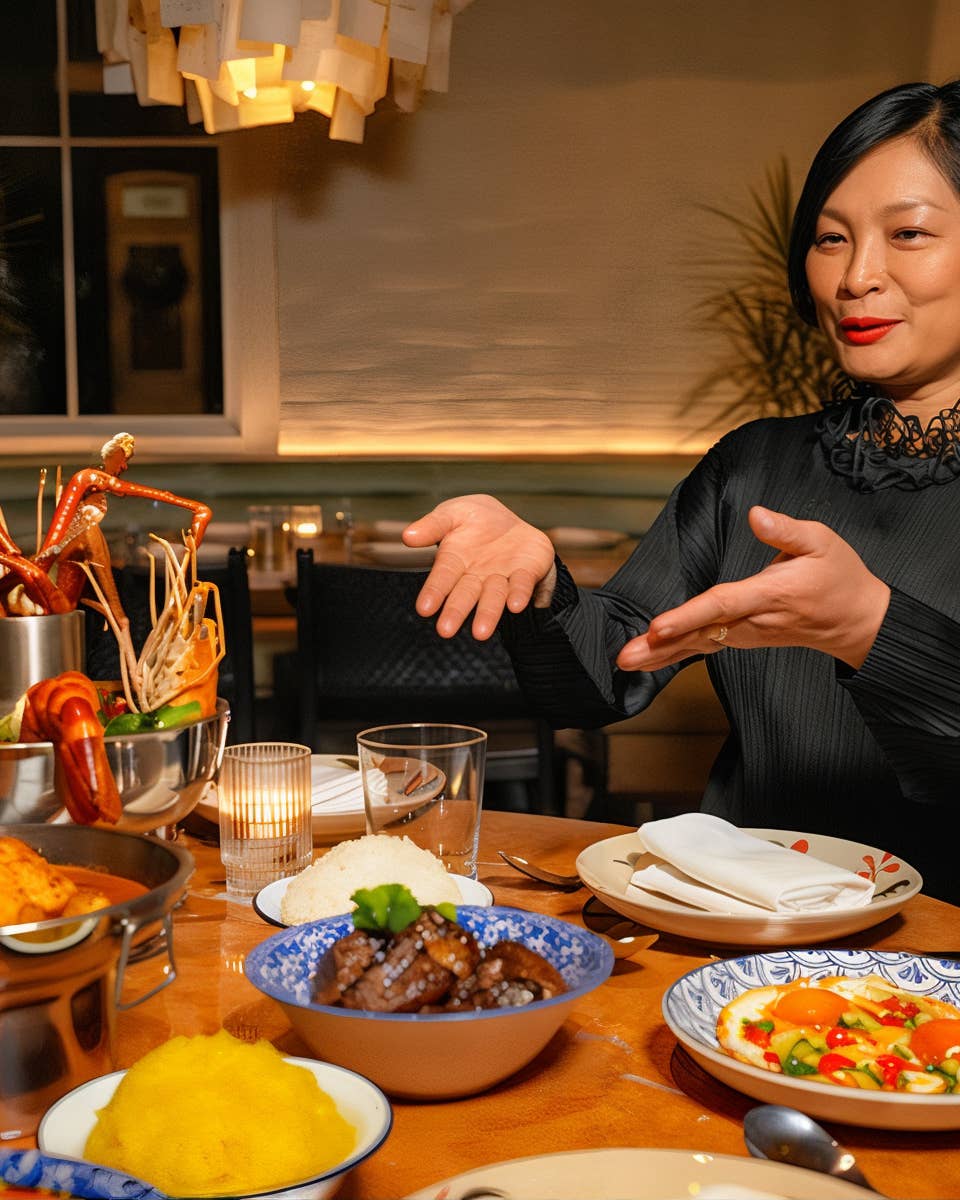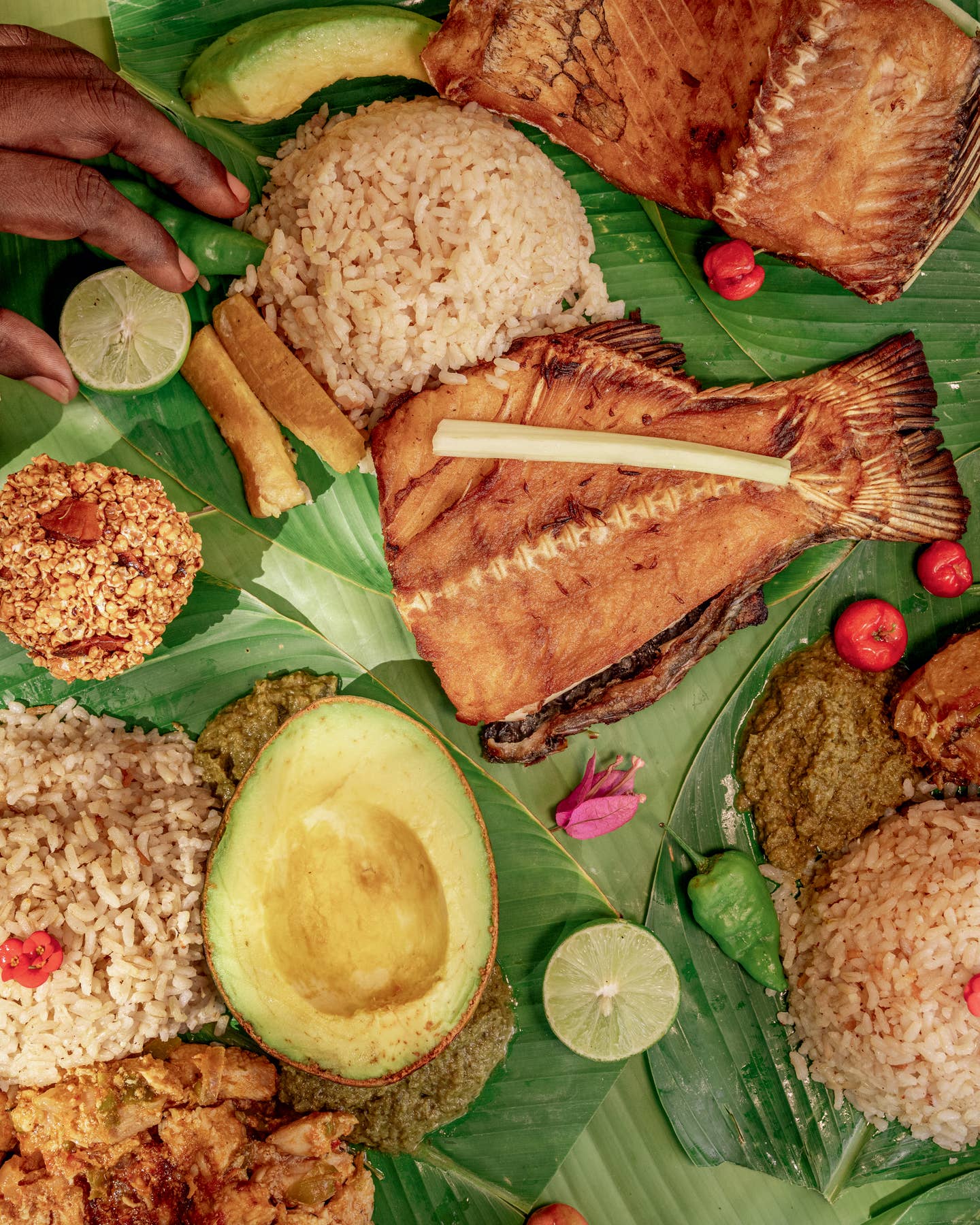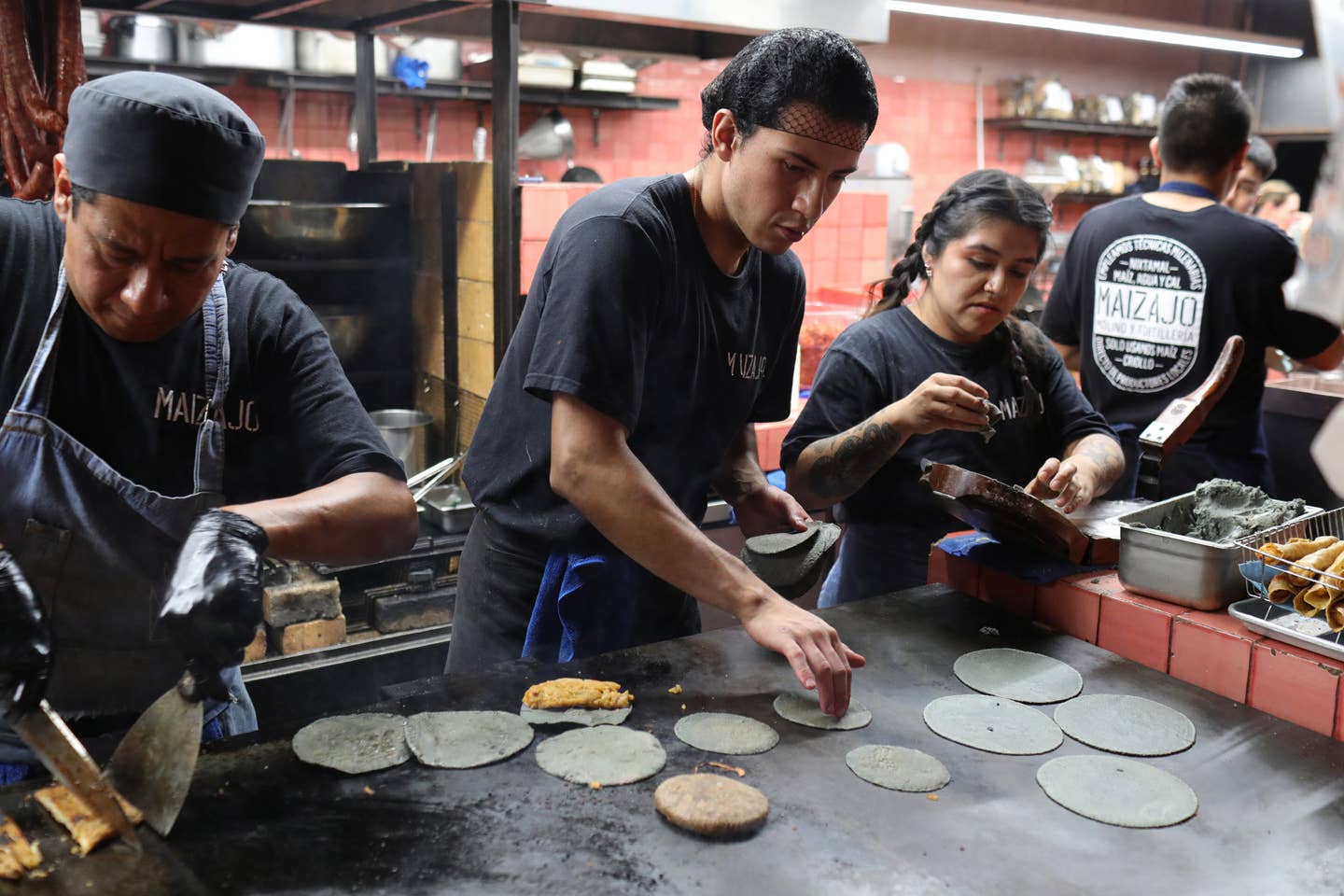
The Seekers
Forty-six years ago, in Travels with Charley, his love letter to the American road, John Steinbeck called wanderlust a chronic disease, one that cannot be shaken off by the routines of work or the good sense of maturity. Indeed, writers like him have a long and documented history of being bitten by the travel bug, and their observations fill the pages of a literary canon that stretches from Lord Byron's Grand Tour-inspired stanzas through Jack Kerouac's jazz-fueled riffs, on into the sun-kissed memoirs of writers like Peter Mayle (A Year in Provence) and Elizabeth Gilbert (Eat, Pray, Love). Through centuries and across continents, whether a hero is nursing a broken heart or is hungry for enlightenment, the prescription is always the same: Head for the road.
I should admit, though, that some of my most gratifying wanderings have been driven less by a thirst for personal transformation than by a hankering for the perfect basket of fried clams, a transcendent bowl of tomato soup, or just a yen to learn the cuisine of a distant land. I'm hardly alone. We live in a day and age when gastro-tourism is one of the fastest-growing segments of the travel industry and where cooking shows are abandoning kitchen studios in favor of formats that take viewers on the road in search of great food. Add to these realities the recent bumper crop of culinary-themed travel tales crowding bookstore shelves, and it seems that the true hallmark of a modern adventurer is a healthy appetite.
A prime case in point is Around the World in 80 Dinners: The Ultimate Culinary Adventure (William Morrow, $24.95), which follows James Beard Award-winning cookbook authors Cheryl and Bill Jamison as they trek 50,000 miles around the planet to commemorate their 20th wedding anniversary. Best known for their exhaustively researched regional American cookbooks—such as the barbecue bible Smoke and Spice (Harvard Common Press, 1994) and The Border Cookbook (Harvard Common Press, 1995), a tribute to Southwestern home cooking—the Jamisons demonstrate that they can apply the same friendly, ravenous curiosity to the subject of water beetle chile paste that they have to Texas brisket.
As they leapfrog from South Africa to Singapore in search of local delicacies, the authors prove again and again that serendipity is the traveler's strongest ally: many of their most memorable meals issue from the hands of generous strangers, like the Balinese tour guide who invites them into his home to sample his wife's bebek betutu (roast duck). Fluid storytelling does not always come naturally to them—the pace drags at times, when the authors recount in too much detail their negotiations with airline employees, say, or their bouts of food-borne illness—but still, readers will be rewarded. Some of the book's greatest gifts are its recipes, which the Jamisons collected on the road and cleverly adapted to make their own; two of my favorites are the Thai beef khao soi seasoned with New Mexico chiles and the wok-charred Chaozhou-style long beans studded with black olives and pork. Seamlessly blending the exotic and the familiar, the recipes say much about the ways in which the experience of travel is constantly measured against and colored by memories of home.
It is the end of a marriage, not an anniversary, that sends Bob Spitz, who earned praise for The Beatles: The Biography (Little, Brown and Company), his authoritative 2007 portrait of the legendary band, on a culinary quest. At the outset of The Saucier's Apprentice: One Long Strange Trip Through the Great Cooking Schools of Europe (Norton, $24.95), Spitz describes himself as a "bedraggled and broke, ex-metropolitan, middle aged, divorced" writer who, despite a limited proficiency in the kitchen, decides that learning the secrets of fine cooking will help him understand the secrets of life. And so, with visions of duck confit dancing in his head, he shutters his Connecticut cottage and sets off on a pilgrimage to the culinary motherlands of France and Italy. The book's subtitle is something of a misnomer: Spitz clocks more hours visiting village kitchens and attending amateur cooking classes than he does completing formal training programs. Nevertheless, his boundless enthusiasm for the subject helps to temper the self-indulgence of the story's premise.
While The Saucier's Apprentice isn't as ambitious a work as George Orwell's poignant Down and Out in Paris and London, the memoir par excellence of the outsider working in the restaurant kitchens of Europe, Spitz nevertheless labors admirably to find characters who will bring deeper meaning to his odyssey, such as the elderly Florentine shopkeeper who wordlessly welcomes him into her tiny kitchen for a tutorial on slow-simmered ragu, or the kerchief-wearing cook in Agen, France, who lives on a river barge and prepares Gascon specialties for friends and students "like it's her last day on earth". By the time Spitz stumbles home, four months later, he may not be a chef, but he is certainly ready to find his own way in the world, or at least in the world's kitchens.
After an accomplished career as a crime reporter and a nine-year stint as the food critic for London's Observer newspaper, Jay Rayner is as cynical about the restaurant world as Bob Spitz is starry-eyed, but he still can't escape its silk-gloved clutches. In his introduction to The Man Who Ate the World: In Search of the Perfect Dinner (Henry Holt, $25), a rollicking account of a year of extravagant eating, Rayner explains, "A part of me—the large, greedy part—was constantly pursued by the fear that, for all the good food I was getting to experience, somewhere out there was a great meal, the ultimate meal, and that I was missing out on it." Determined to rid himself of that uncertainty once and for all, Rayner embarks on a high-roller's binge, jetting around the globe to sample the wares of its most exclusive dining rooms: the culinary temples of Paris, the celebrity-chef outposts of Las Vegas, the $475-a-head secret sushi dens of Tokyo, the gilt palaces of Dubai (which, according to Rayner, "are to good taste what Hitler was to world peace"), and so on. Given the old adage "The journey is the reward", it may not come as a surprise that, when the last course has been considered, he's no closer to delivering a verdict on the world's best meal than he was when he started out, but he has, for all his hedonism, gained a good measure of insight that extends beyond the dinner plate.
For readers whose gastro-fantasies are more well-worn rucksack than Louis Vuitton trunk, Margaret Hathaway and Karl Schatz have produced The Year of the Goat: 40,000 Miles and the Quest for the Perfect Cheese (The Lyons Press, $22.95). In 2003, Hathaway and Schatz said good-bye to their jobs as a bakery manager and a photo editor, respectively, in New York City; packed up their Hyundai, which they dubbed the goat-mobile; and set off across 43 states in pursuit of the knowledge they'd need to start a new life as dairy goat farmers. The book's breathless romanticism can feel a bit cloying at moments; rhapsodies on the intricacies of goat breeding are every bit as intense as those regarding the taste of raw-milk cheese. In fact, the quest of the book's title turns out to be less a search for great goat cheese than it is a celebration of the goats and cheese makers themselves. Still, a few thousand miles' worth of earnestly documented visits to such goat-focused destinations as halal slaughterhouses, goat chariot races, goat barbecues, and even the experimental goat farms of Auburn, Alabama, "the epicenter of research on goat reproduction", can hardly fail to awaken in the reader a genuine appreciation for, if not the world's finest cheeses, the endearing creatures (human and animal) that make some of those cheeses possible.
Memoirs like The Year of the Goat exemplify the transformation that food writing has undergone in recent decades: from a discipline pursued largely by professional documentarians to a playground for thrill-seeking dabblers. For a glimpse of the way it used to be, take a ride with culinary historian Pat Willard. She retraced the steps of a corps of writers (including greats like Eudora Welty and Stetson Kennedy) who fanned out across America in the 1930s and '40s for the Works Progress Administration, the New Deal employment agency established by President Roosevelt during the Depression. Their mission: to document the nation's foodways by visiting state fairs, church socials, fish fries, and community festivals all over the land. The WPA project was shelved in 1943, and Willard picks up the thread in America Eats! On the Road with the WPA (Bloomsbury, $25.99), resuscitating the WPA writers' original mission by combining reporting from her own travels with recipes and excerpts from archived WPA documents. She laments the differences between the WPA era and our own—the homogenization of our cities and the decline of home cooking—but her prose nonetheless rings with the poetry of American optimism. To the doomsayers who warn that the Golden Arches will soon erase the last vestiges of regional American cuisine, she says, "I'm not a bubble-headed fool, I knew I'd encounter mountains of fried foodstuff and streams of rehydontrated, reconstituted, and carbonized concentrated something or other. But I was also dead certain I'd find plenty of goodness, too." She did.
Keep Reading
Continue to Next Story










